|
Guest article from Jackson Hole Eco-Tour Adventures As winter hits the Tetons with another blast of snow before the official start of spring, most of our wildlife remain in the valley floors, where access to forage beneath shallow snow or on bare ground is easier to find. Though many animals like deer, moose, and elk can be found year round in Jackson Hole, bighorn sheep (Ovis canadensis) are most easily viewed during the winter months when they travel from the high peaks of the Gros Ventre Mountains to Miller Butte on the National Elk Refuge. First arriving as early as September, bighorn remain in the valley until the spring, where they return to the rugged mountains some 4,000 feet above. Read on to learn more about this charismatic big game species. Mountain Athletes To survive in the Greater Yellowstone Ecosystem, animals carve out specific niches, or specializations. Bighorn are alpine experts. Soft grippy hooves, athletic bodies, and a seemingly nonexistent fear of heights allow bighorn to inhabit rugged terrain usually avoided by other herbivores. Their ability to travel quickly across cliff faces is a tactical advantage which helps them avoid predators and find food, but they also appear to simply enjoy technical exposure. By this time of year even lambs are skilled climbers, having been born in the steepest most rugged terrain their mothers can find the previous spring. Recently we observed this ewe and her lamb run DOWN a nearly vertical rock face, then sprint to the valley floor! Gravity Defying: This Ewe leads her lamb down a near vertical slope to the valley below Head ButtingThough the prime season for viewing male dominance and courtship displays in the Tetons is late fall, it also occurs in the spring and to a lesser degree throughout the year. Rams instinctively butt heads to establish a hierarchy. Enlarged nasal cavities and the horns themselves help absorb the shock from blows, whose sound echoes across the landscape. At around age 7, rams are large enough to maintain dominance within a herd and will actively court and mate with most females. Fall RutLike other ungulates (hooved mammals) bighorn rams enter a period of dominance displays called the rut prior to mating in late fall. Displays are highly ritualized, with mature rams first staring at each other, displaying their horns, before abruptly rearing up on hind legs and crashing heads together. With evenly matched rams this will continue for some time until the stamina of one is exhausted and he retreats. Dominant males will then spend time pursuing and guarding females. All hooved mammals have what is called a vaso-nasal gland which enables them to sense when a female is receptive to mating. A lowered head and curled upper lip is a sign of males using this gland, also called a flehmen response. Currently, bighorn sheep from the Gros Ventre herd are commonly found on the National Elk Refuge, but they are not the only sheep in Jackson Hole. Another, smaller herd is found high in the Tetons. Instead of descending in the fall as snows deepen, this herd ascends to the tops of peaks such as Mount Hunt and Prospector Mountain in Grand Teton National Park. Harsh winter winds blow snow off of these summits exposing enough alpine vegetation for the herd to subsist at 10,000 feet! Early spring is usually the hardest time of year on wildlife, having been weakened by the long winter. Storms still can cover the valley floor with snow and the lush plant growth herbivores depend on to rebuild fat reserves is still several months away. Communities across the country recognize the importance of our wildlife and take steps to protect them. Here in Jackson Hole, the community has enacted seasonal closures in areas of critical winter range. To highlight these areas, Jackson Hole Ecotour Adventures is proud to be the exclusive business sponsor of the Don’t Poach the Powder campaign, organized by our partners, The Jackson Hole Conservation Alliance. Thanks to the work of dedicated conservationists, we have healthy herds of bighorn sheep today. There is still time to see them before the spring migration, just take a self guided trip onto the refuge or come join us to look for bighorn and all of the other wildlife currently inhabiting Jackson Hole. Josh Metten has spent his entire life exploring and living in the Rocky Mountains of Colorado and Wyoming. He is an Ecotour Adventures Naturalist, photographer, conservationist, and outdoor enthusiast. Josh lives in Jackson, WY. Jackson Hole Eco-Tour Adventures was created with the idea of helping people connect with the natural world through wildlife observation and natural history interpretation. We believe that when one is more familiar with the intricate workings of the ecosystem, he or she has a deeper appreciation and connection with their environment. With this stronger bond we believe folks will make more environmentally sound choices in their day to day lives. Join us on an adventure today!
0 Comments
We reached out to the winning filmmakers from our Elephant International Film Festival and asked them five questions about the experience of creating their films. What inspired you to make this film? Mike Holding: "Unlike most of Africa, elephants in Botswana are potentially threatened by high numbers. AfriScreen decided to make this film after working with Dr Mike Chase, a Botswana scientist, who was busy trying to solve the elephant bottleneck by identifying natural corridors, and finding ways to allow elephants out of Botswana and into neighbouring countries where habitat is ideal. Mike Chase is totally dedicated to helping Botswana’s elephants, and we felt his story was inspirational enough to warrant embarking on the film." Were there any particularly meaningful moments or experiences in the process? Mike Holding: "Working among elephants is always special, and being able to traverse the length and breadth of Botswana following elephant movements to make the film was a real privilege. Perhaps the climax moments were Mike’s re-discovery of the elephant “Max” who had been missing for the longest time, and the exhilarating moment when each of the collared elephants had their collars removed, striding back to the wild having gathered immense amounts of precious data for Mike Chase’s research. As Dr Chase often recounts “what better way, than to allow elephants to show US which routes they follow, which pathways they use, and where the corridors need to be?”. Truly a fine collaboration between man, technology and a few study animals which paves the way forward for Botswana’s elephants. Witnessing first hand how this research could be the saviour of these elephants was definitely inspirational." Describe some of the challenges? Mike Holding: "Botswana is a large and wild country. There are few roads, and almost no facilities in vast tracts of wilderness. Certainly it was challenging and exciting spending many weeks in the wilderness, following the elephant’s story. But that’s what we love to do, and its never a hardship. Elephants move quickly and its certainly a challenge to stay with one particular herd through incredible dense bush, capturing unique moments in their story. Perhaps the biggest challenge was in the edit – we filmed so many elements for the story, the elephants showed us much of the detail of their lives which we captured on camera, that it was really hard to narrow it all down into a one hour film." What are you working on now? Mike Holding: "Another, much bigger film about Botswana's elephants we love and the region’s spectacular Okavango Delta. More than that, we can’t say at this stage!" Anything else you would like people to know? Mike Holding: "When it comes to wildlife conservation in general, and elephants in particular, every country, every area, has a unique set of challenges. The more people make themselves aware of the problems elephants face throughout the world, through films like this, through the internet – the better they will be able to lend their voice and their help to saving these magnificent animals, and perhaps more important, the habitat on which they depend." Elephants Without Borders (EWB) has flown many hours with Mike, tracking and looking for elephants in the remote corners of the study area. His perceptive and deep knowledge on the distribution of wildlife are not only an asset to EWB, but makes him one of northern Botswana’s most knowledgeable bush pilots. Mike is dependable and is always willing and ready, volunteering to fly at a moment’s notice. His exceptional tracking skills are invaluable and he miraculously manages to find elephants, which seemingly have disappeared. He is as passionate about wildlife as his cinematography.
E.O. Wilson is the Renaissance Man of conservation. He bridges the gap between scientific knowledge and human ethics while bringing issues of global extinction into public lime light. We were honored to host this conservation celebrity at our 2015 Wildlife Film Festival and Conservation Summit, where scientists, conservationists, and content creators were enlightened with the unforgettable wisdom of Wilson, which we hope will inspire a renewal and revival of conservation efforts.
In this clip, Wilson offers hope. "The world is full of opportunity." We, as citizens of this Earth, are living in a precious moment where we can take advantage of the opportunity to save species by setting aside wild land. Or, we take no action and watch as our planet's biodiversity disappears. Wilson has a way of making conservation strategies simple. Numbers don't lie, and by using the mathematical relationship between habitable environment and number of species, Wilson concludes that 1/2 of the planet needs to be reserved for non-human life. Who knows, Wilson's novel idea could soon become a widespread notion, such as his theory of island biogeography. I first learned about Wilson when his book, The Theory of Island Biogeography, was assigned in my college ecology class. We hope that our ability to spread his big idea will culminate into public desire and action to conserve our planet. There is no need to wait and take a college class to learn how we can save biodiversity. -Sarika Khanwilkar
We reached out to the winning filmmakers from our Elephant International Film Festival and asked them five questions about the experience of creating their films. What inspired you to make this film? Matt Mays: "So much attention is paid to ivory poaching, as it should be. Poaching is still the leading cause of death in African elephants. I have been going to the Mara for over a decade. In that short time, I have seen a marked difference in the landscape. It seems like every time I go there are more and more people and development. Human/elephant conflict is quickly becoming one of the biggest issues in the areas where elephants range. It’s not just an African problem, either. Conflict in Asia is a massive problem. Groups like the Mara Elephant Project are doing everything they can to peacefully mitigate these conflicts. It’s a workable solution but it’s not a permanent one. There’s much to be done at a governmental level to make more permanent zoning and development laws. Hopefully, a film like this can inspire change." Were there any particularly meaningful moments or experiences in the process? Matt Mays: "Watching the Maasai school children embrace the Wildlife Club and truly understand what it means to co-exist with elephants was very moving. Even more so, the fact that they want to empower their parents to do the same was extraordinary. Also, watching Maasai men become trained rangers who are empowered to do great work is very cool." Describe some of the challenges? Matt Mays: "We chose to tell this story in short form. This issue is much bigger than just the Mara. It’s happening anywhere elephants range. There is so much more detail and great achievement surrounding the Mara Elephant Project as well. I wish we could get it all in!" What are you working on now? Matt Mays: "Plenty! Stay tuned!" Anything else you would like people to know? Matt Mays: "Learn more at MaraElephantProject.Org. Help them keep the rangers on the front lines doing this incredibly important work."  Matt Mays oversees film production and online content for the Mara Elephant Project. Mays is a three-time National Emmy Award winning Producer, Writer and Director of television and film. In a career spanning over 20 years, Mays’ work extends to hundreds of hours of TV series and specials, commercial spots, feature documentaries, shorts, industrial films, music videos and much more. Mays directed the environmental film, The Greatest Return, and has produced film content for The Indianapolis Prize since 2006. We reached out to the winning filmmakers from our International Elephant Film Festival and asked them five questions about the experience of creating their films. Trailer for Explorer: Warlords of Ivory What inspired you to make this film? Katie Carpenter: "I have worked in wildlife filmmaking for almost 20 years (gulp). Our production team worked for the previous two years on another film about elephants and the threats to their survival — that film took us half-way around the world, to the ivory markets in Asia, and when we were done, it felt like we had left a big stone unturned. That was the rumor, until then unproven, that terrorist groups in Africa were getting into the poaching game, and using the now ultra-valuable tusks to buy weapons. We wanted to try to get to the bottom of that story." J.J. Kelley: "This was our second film on the illicit trafficking of elephant ivory, and after making the first we all felt we'd just scratched the surface. "Warlords of Ivory" has allowed me to push the scope of my approach to documentary film and the ability to capture complex environmental ideas within a character driven crime story." Were there any particularly meaningful moments or experiences in the process? Katie Carpenter: "The whole production timeline was utterly unforgettable. The most memorable moments for me were the times when it was proven to us that the fake tusks we had created to house the transmitters that might expose the smugglers routes, and the smugglers themselves, were actually authentic enough to fool the authorities in the countries where we were working. I was stopped the first time in Dubai, detained at the airport while they reviewed my credentials and checked out my story." J.J. Kelley: "A moment I will always remember was being arrested with Bryan Christy in Tanzania as a suspected ivory trafficker. We were traveling with fake tusks that contained tracking technology; we wanted to find out who the bad guys were doing business with. We were also wondering if our fake tusks would look convincing to someone who handles ivory. Well the fake tusks were pretty good because we were pulled off our flight and spent a night in police custody. The next day the whole mess was sorted out, but calling home with news that I'm in jail abroad is never a call that anyone likes to make." Describe some of the challenges? Katie Carpenter: "Our biggest challenges were technical — how to make the batteries small enough to fit inside a tusk yet large enough to last for the 6-12 months of the investigation? How to make the antenna inside the tusk as flexible and strong as possible so that it could always see the sky, no matter where it was, upside down or right side up, in the bottom of a crate or under the contents of a container — we needed to test it in every circumstance to make sure it could communicate with the satellite all along its journey." J.J. Kelley: "For the film we embedded with soldiers on the frontline of the ivory war. These are men and women charged with protecting wildlife, but who's actual challenges involved saving people. Their fight is a bloody one where dwindling wildlife products fetch a huge price, and as an illicit commodity it's traded in conjunction with guns and people. Four of the men we met have since been killed protecting wildlife. It's really heartbreaking to hear that as a people we are still willing to kill animals and people for elephant ivory." What are you working on now? Katie Carpenter: "I am a producer on a 6-part documentary series about crimes against the oceans and ocean wildlife, called “Ocean Ops”. Illegal fishing, slavery at sea, shark finning, “fish laundering”, it seems there is no end to the greed of poachers and illegal wildlife smugglers, whether on land or at sea." J.J. Kelley: "I've been in Antartica three times in the past 6 months for a new National Geographic series looking at those carrying out cutting edge science at the bottom of the world. For the show I've spent a month in a Scott Tent camping at -40F on an ice shelf, lived on the most powerful non-nuclear ship in the world for 53 days and spend a month at sea following arguably some of the most influential whale researches in the world." Anything else you would like people to know? Katie Carpenter: "I recommend that everyone find out something they can do to advocate for the survival of wildlife — write about it, talk about it, contact your Congressman or get online and make some noise. This planet would be a very lonely place if we were here all alone, without those species that are now threatened or endangered. Elephants and other mammals — dolphins, whales, apes — who talk, and mourn, and raise their kids with love and discipline, and express compassion — these are so important to us, we do not want their blood on our hands, we don’t want to live here without them in the future." J.J. Kelley: "The world is changing and our actions often drive that change. We've damaged some of our natural systems to a breaking point. We really need to ask ourselves if we want the next generation to go without ever seeing a tiger, a polar bear or an elephant. If you need any info about me, my bio is at www.jjkelley.com" 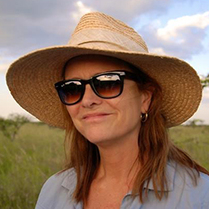 Katie Carpenter is an award-winning filmmaker specializing in wildlife, science and conservation subjects for public and cable television. Most recently, she produced two National Geographic specials for PBS, Bones of Turkana and Battle for the Elephants, filmed on location in Kenya, Tanzania and China. Her current production is The Secret Lives of Elephants (working title) on the illegal ivory trade for the National Geographic Channel. Her films have aired on PBS, Discovery Channel, MSNBC, Fox, Animal Planet, ABC and the Disney Channel, and have been shot across East Africa, Southern Asia, Latin America and the U.S.  J.J. Kelley is an Emmy-nominated filmmaker and explorer focusing on wildlife conservation, exploration, and wildlife crime. He’s the 2014 recipient of the Blue Ocean Film Festival’s Best Short Film for GYRE, a National Geographic documentary he directed on the mounting tragedy of ocean trash killing wildlife. He’s also the winner of the Jackson Hole Wildlife Film Festival’s Best Conservation Film for Battle for the Elephants, a 1-hour NGTV-PBS special on brutal slaughter of African elephants for their tusks, fueled largely by China’s demand for ivory. |
Archives
March 2024
Categories
All
|
Contact UsJackson Wild
240 S. Glenwood, Suite 102 PO Box 3940 Jackson, WY 83001 307-200-3286 info@jacksonwild.org |

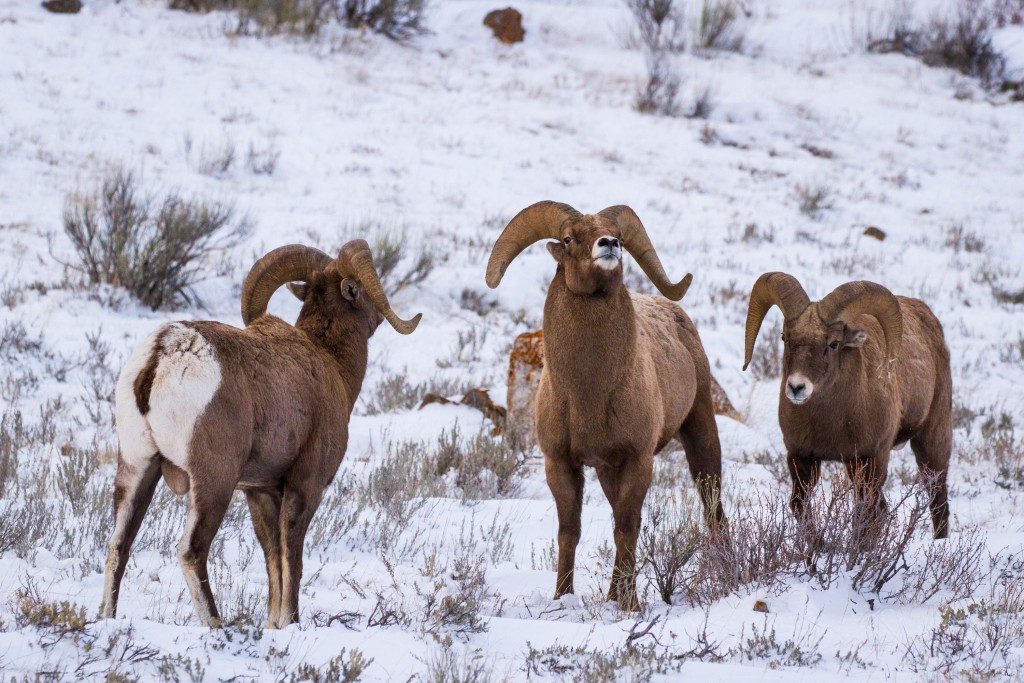
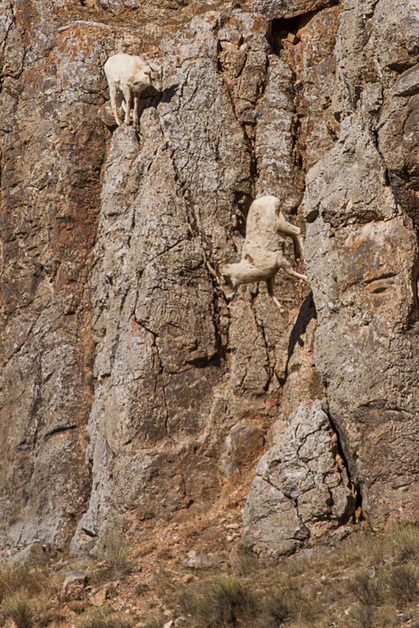
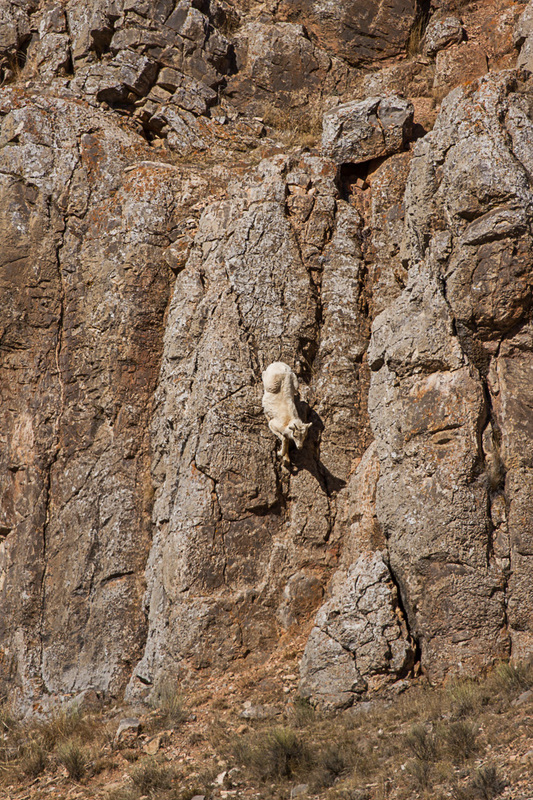
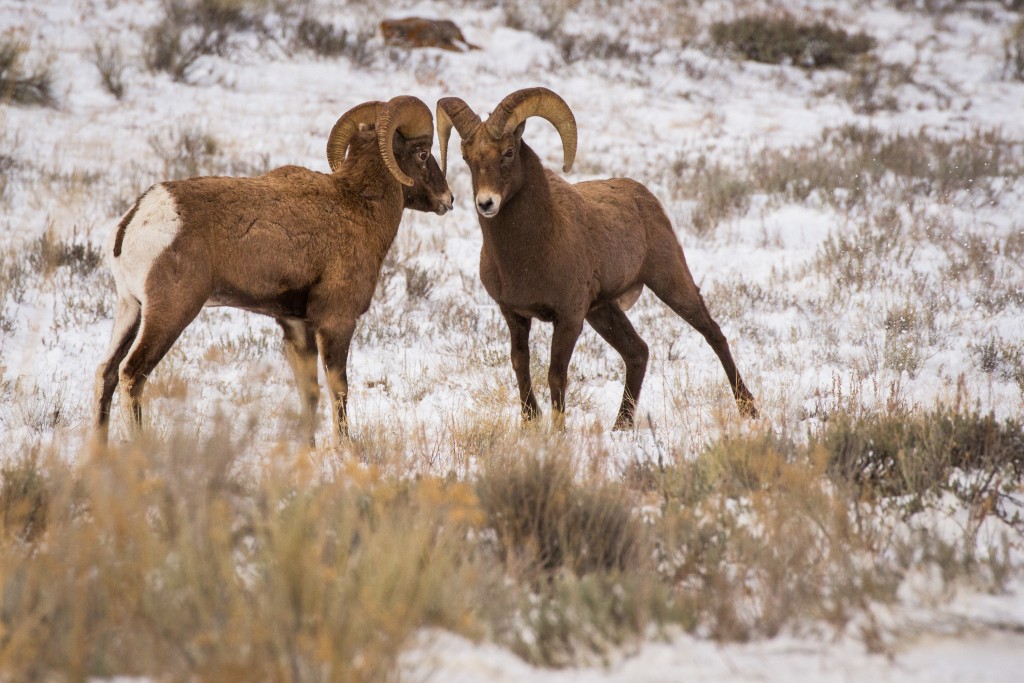
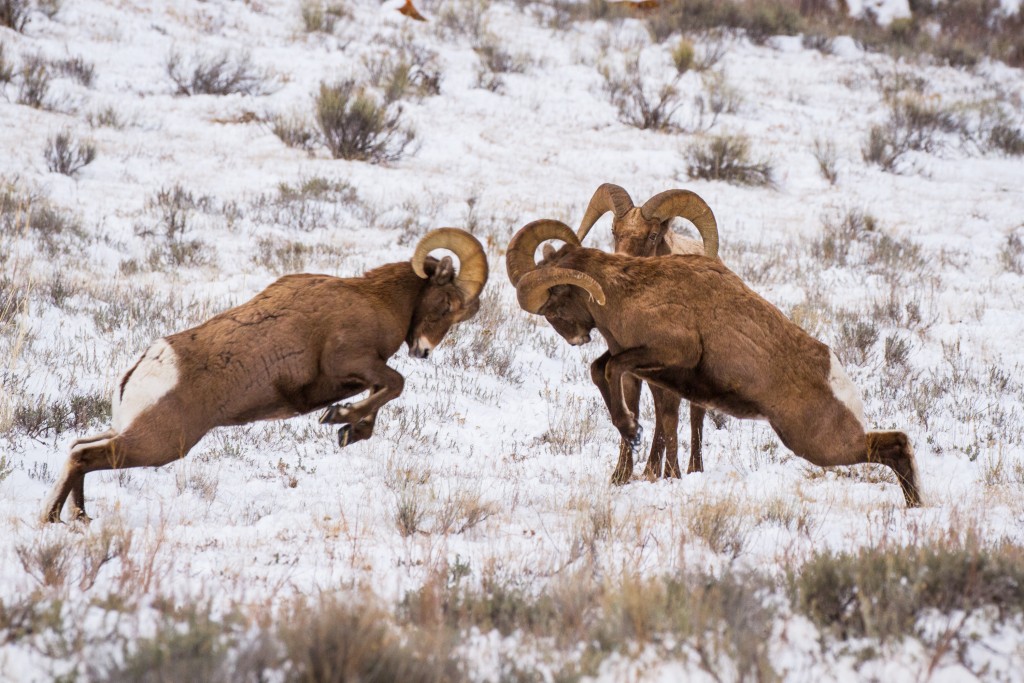
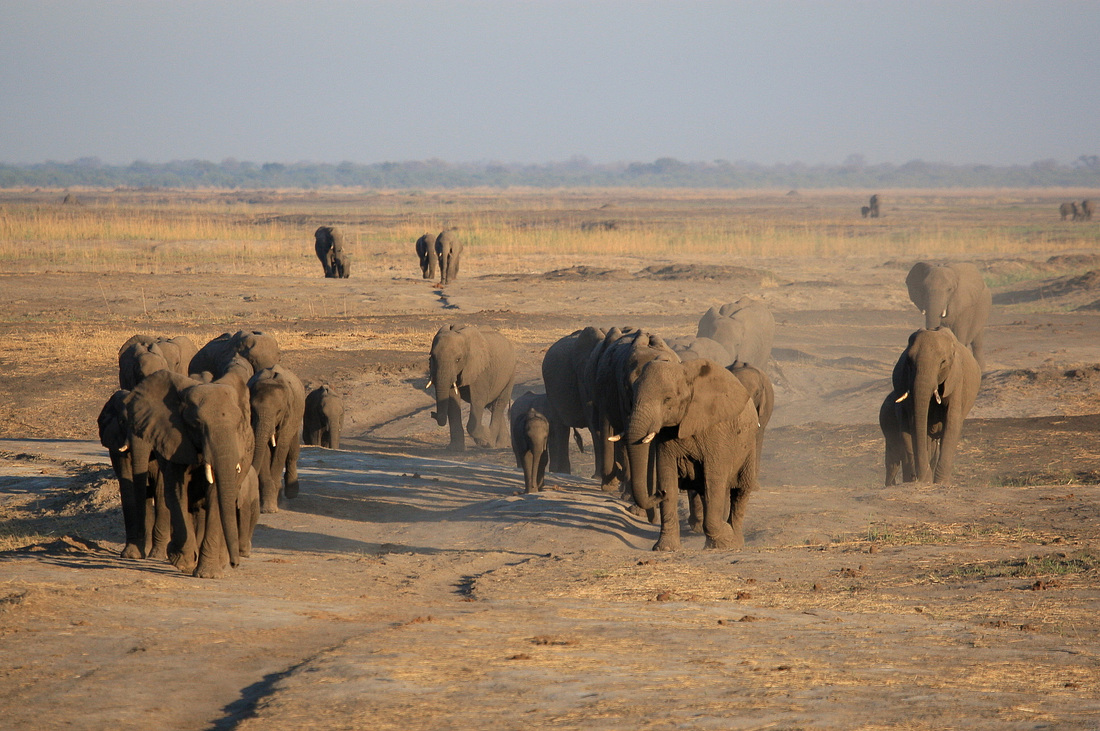
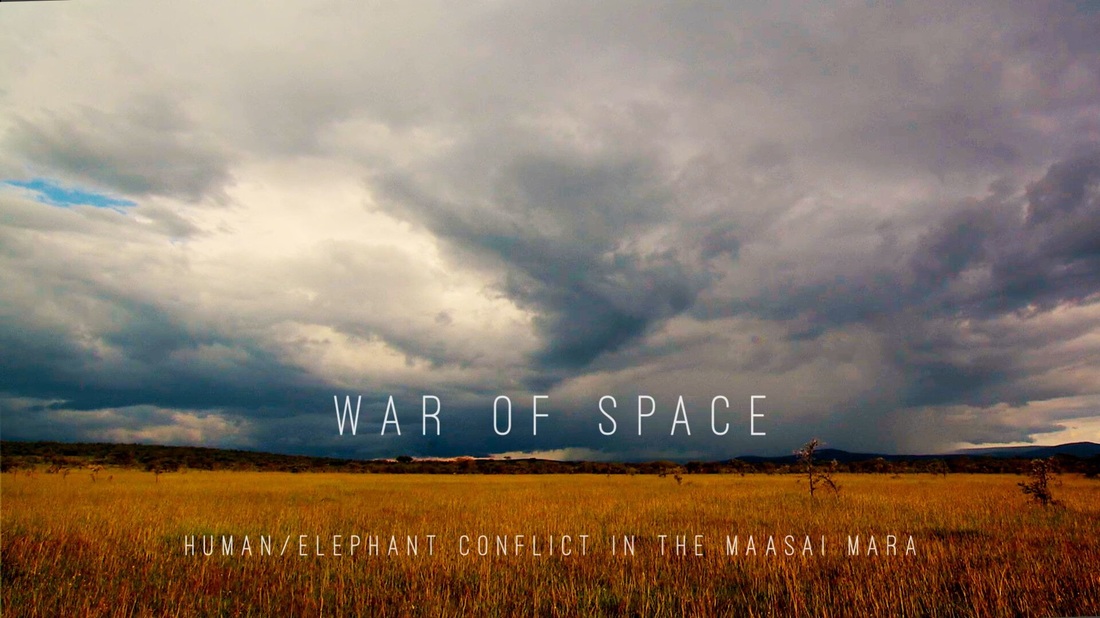
 RSS Feed
RSS Feed